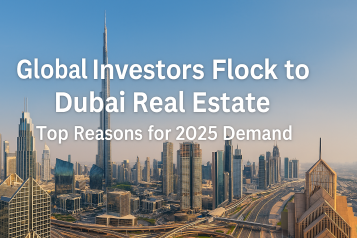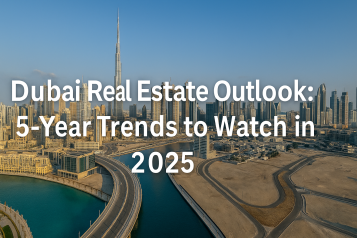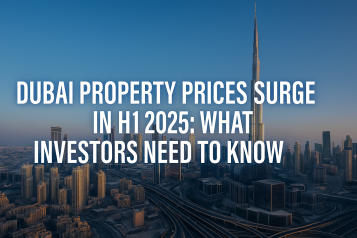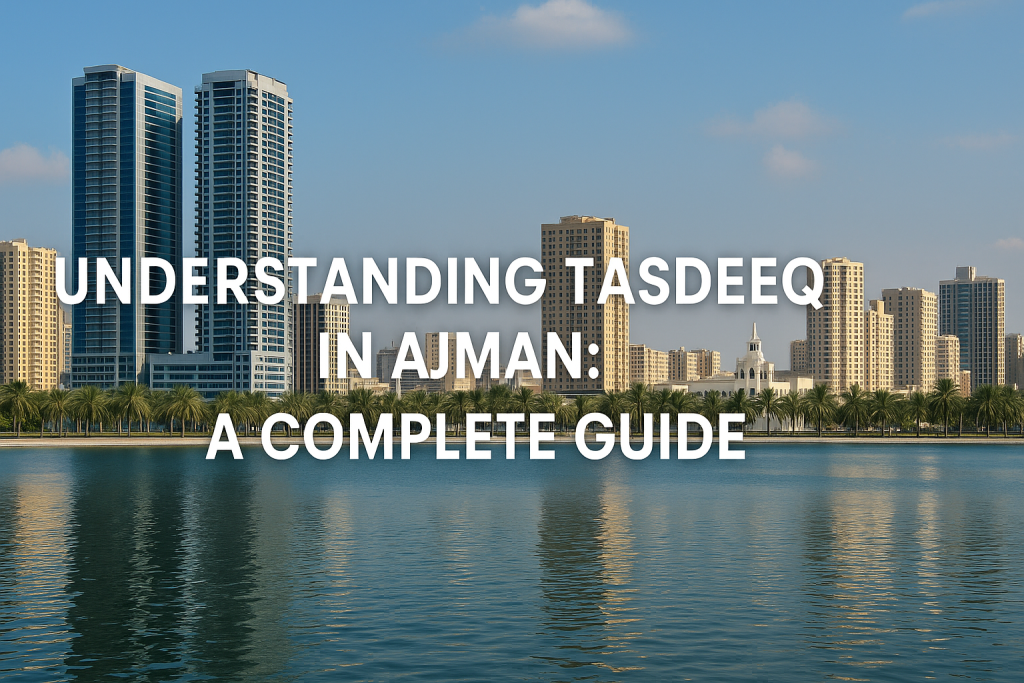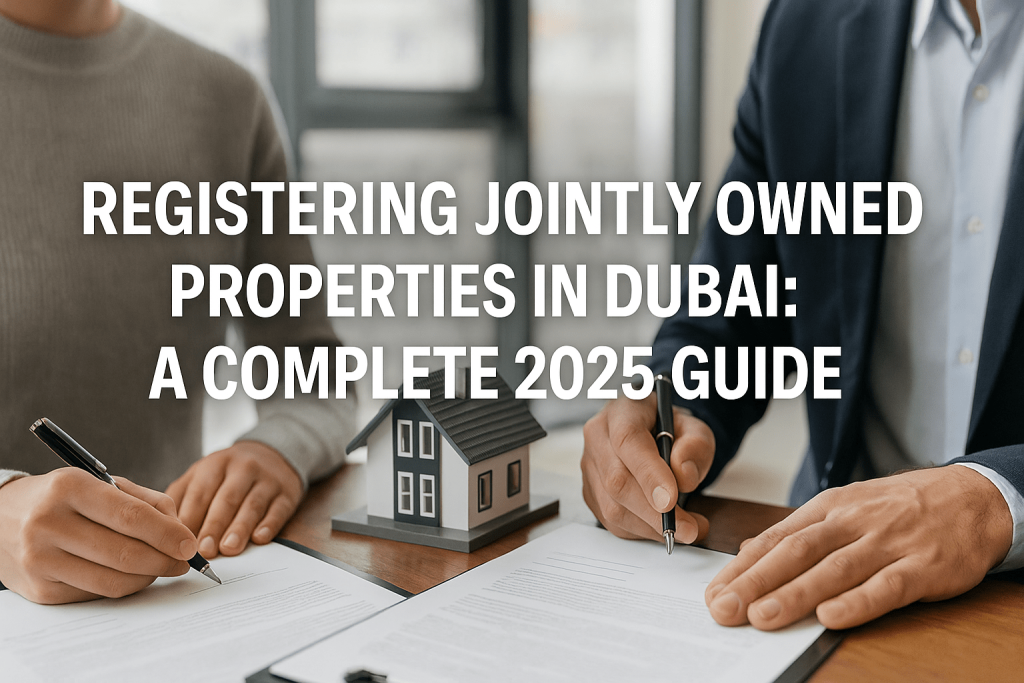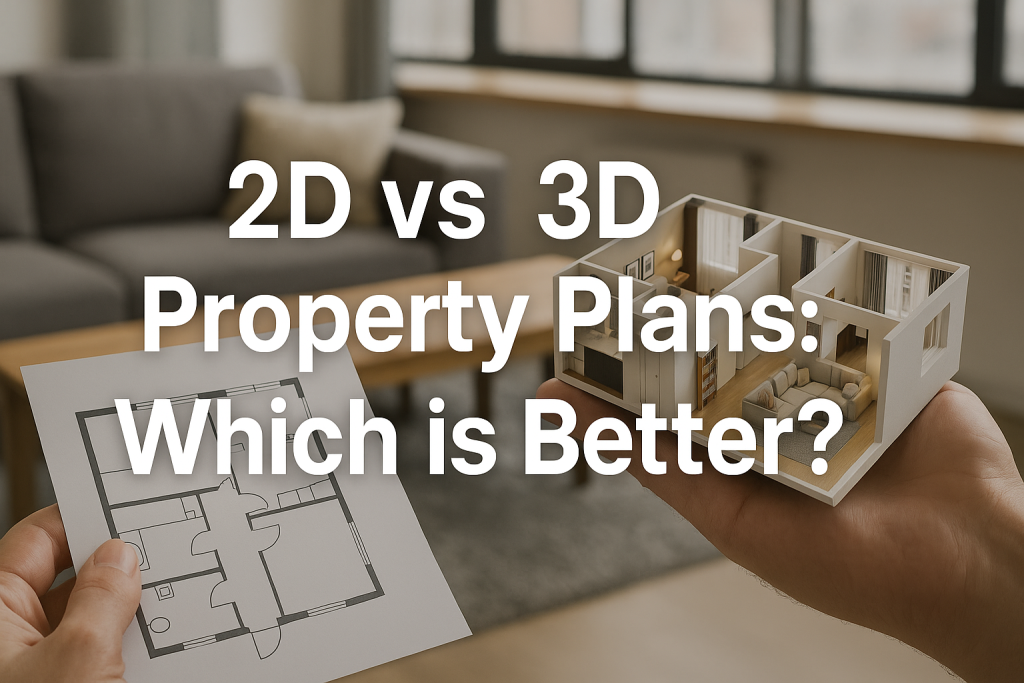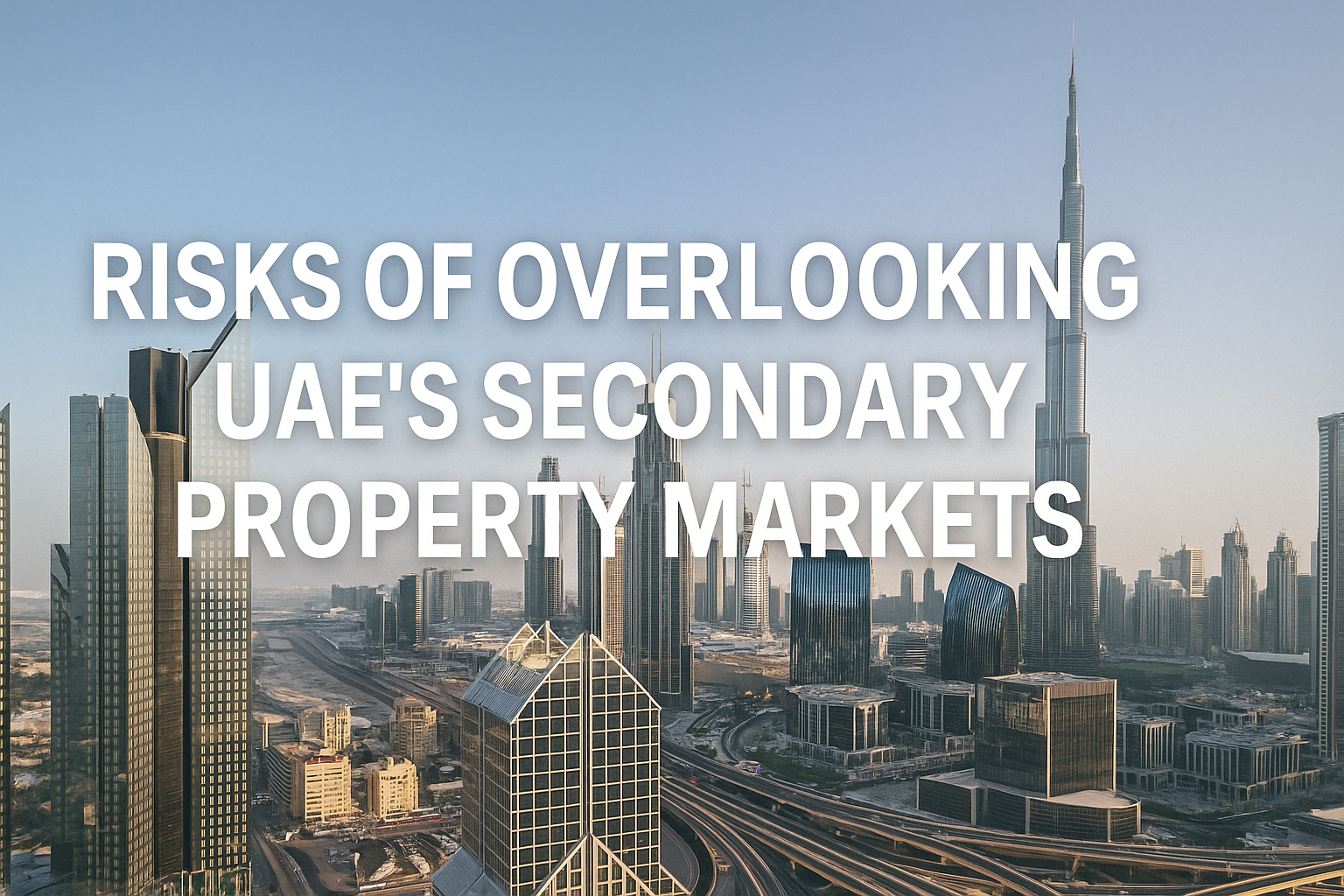

While Dubai and Abu Dhabi dominate headlines in the real estate world, much of the UAE’s hidden investment potential lies beyond these major hubs. Investors who fail to look beyond the obvious may be putting their portfolios at risk. As the market matures, the Secondary Markets Risks of ignoring areas like Sharjah, Ajman, Ras Al Khaimah, and Fujairah are becoming increasingly significant.
Sharjah recorded #realestate transactions totalling more than $1bn in January. For context, around $540m worth of sales took place in January 2023.
It will be interesting to see whether the Emirate can maintain this brisk pace throughout 2024.https://t.co/Kh5eDfWzo8 pic.twitter.com/r56Vu0LK1r
— Amira Sajwani (@Amira_H_Sajwani) March 14, 2024
This article dives deep into the dangers of overlooking these emerging markets and why savvy investors should be paying close attention.
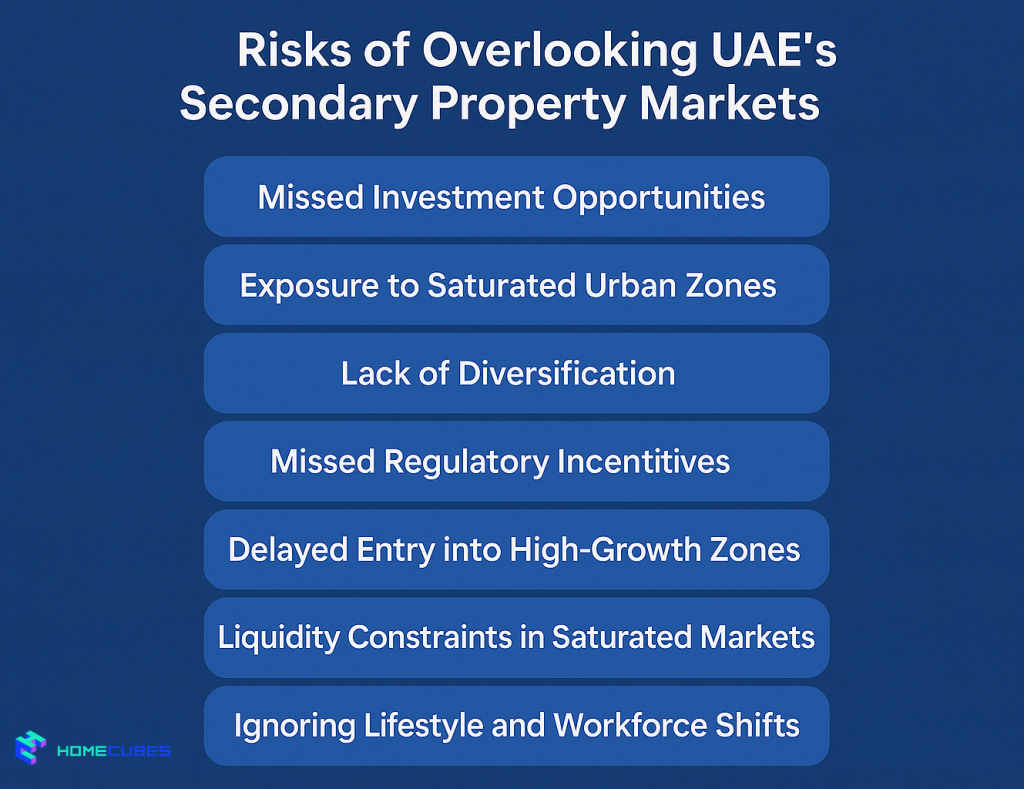
Understanding UAE’s Secondary Property Markets
What Are Secondary Markets?
Secondary property markets refer to regions outside the country’s main economic centers. In the UAE, these include:
- Sharjah
- Ajman
- Fujairah
- Umm Al Quwain
- Ras Al Khaimah
These regions have traditionally been seen as peripheral, but today they are gaining momentum thanks to infrastructure development, improved connectivity, and lifestyle demand.
Why Investors Overlook Them
Despite this growth, many investors still focus exclusively on prime zones in Dubai and Abu Dhabi, assuming that prestige equates to performance. This perception can result in a lack of diversification and missed high-yield opportunities.
Missed Investment Opportunities in Secondary Markets
Higher Rental Yields in Emerging Cities
Many secondary areas now outperform Dubai in rental income potential. For instance, the Bayut UAE Real Estate News – January 2025 update shows a continued surge in rental yields in Ajman and Sharjah, exceeding returns in several of Dubai’s most prominent districts. That makes investing in such a secondary market one of the working tactics to boost earnings from UAE’s vocation rental surge.
Competitive Property Prices
Properties in Ajman and Sharjah start at considerably lower price points than Dubai. This offers a better yield-to-cost ratio, especially for mid-income or first-time investors seeking long-term rental income.
Increased Exposure to Saturated Urban Zones
Oversupply Risks in Prime Areas
Dubai and Abu Dhabi have seen large-scale developments, some of which are beginning to oversaturate certain segments. Oversupply often leads to lower rental returns and longer vacancy periods.
Resilience in Secondary Cities
In contrast, secondary markets are still catching up with demand. Locations like Aljada in Sharjah and Al Marjan Island in Ras Al Khaimah remain underdeveloped compared to their population growth, creating opportunities for early investors.
Portfolio Vulnerability Through Lack of Diversification
Geographic Concentration Pitfalls
Concentrating investments solely in one city increases the impact of local shocks—whether it’s policy changes, market downturns, or currency fluctuations. A regionally balanced portfolio provides protection against such localized risks.
Economic Drivers Differ Across Emirates
Key drivers of UAE real estate demand in 2025 varies across the emirates. Secondary regions rely on varied economic sectors—like industry in Ajman, tourism in Ras Al Khaimah, and education in Sharjah. This diversity in economic demand helps mitigate the Secondary Markets Risks tied to a single-sector dependency.
Missed Regulatory Incentives and Ownership Reforms
New Policies Favoring Foreign Investors
Sharjah has introduced freehold zones for expats, and Ras Al Khaimah offers real estate-based visa programs. These changes aim to attract foreign capital to emerging areas and reward long-term investment.
Spotlight on Sharjah Sustainable City
Sharjah Sustainable City is an example of how eco-conscious planning is intersecting with affordability. Its long-term utility savings, modern layouts, and expat-friendly policies make it a standout project.
Delayed Entry into High-Growth Zones
The Cost of Being Late
Timing matters in real estate. The earlier you enter a rising market, the greater your potential returns. Waiting for media validation or wide recognition often results in buying at inflated prices.
Ras Al Khaimah’s Al Marjan Island
The upcoming Wynn Integrated Resort is already attracting investor interest and causing property prices to climb. Investors who acted earlier have locked in better value, while late entrants face rising competition and pricing pressure.
Liquidity Constraints in Saturated Markets
Slower Exits in Prime Zones
High competition and resale similarity in Dubai can result in long listing periods and price reductions to achieve exits. Investors may struggle to offload units quickly during slow market phases.
Broader Buyer Pool in Secondary Cities
Ajman, Sharjah, and Ras Al Khaimah see stronger interest from end-users—families, entrepreneurs, and young professionals—ensuring more dynamic sales even in challenging times.
Ignoring Lifestyle and Workforce Shifts
Demand for Affordable Living Is Rising
The post-pandemic shift to remote and hybrid work has redefined housing preferences. Many professionals and families now value affordability, space, and livability over location alone.
Secondary Markets Match Evolving Preferences
New communities in secondary cities are offering exactly what the market demands: spacious layouts, smart home features, and connectivity—often at a fraction of the cost.
Underestimating Smart Mixed-Use Ecosystems
Integrated Developments Offer Strong Resilience
Modern developments in Sharjah and Ajman now include residential, retail, hospitality, and green spaces. These reduce dependence on a single tenant or income stream.
Examples of High-Value Projects
Projects like Aljada in Sharjah and Ajman One combine lifestyle, retail, and convenience in a single development—making them attractive to both renters and buyers.
Real Case: Sharjah’s Property Surge
Transaction Growth and Investor Demand
According to Khaleej Times – UAE Real Estate Growth 2024, the UAE real estate market recorded record-breaking transaction volumes in 2024, with Sharjah highlighted as a top-performing region. Rising demand for affordable yet modern housing continues to fuel interest from both local and foreign buyers.
Strong Buyer Interest and Price Stability
Due to strong end-user demand, Sharjah remains relatively insulated from speculative bubbles, making it a safe choice for income-focused investors.
Strategic Growth in Ras Al Khaimah
Tourism Meets Industrial Expansion
Ras Al Khaimah is uniquely positioned to benefit from both tourism and industry. RAKEZ (Ras Al Khaimah Economic Zone) continues to attract companies, while resort development attracts hospitality investors.
Al Marjan Island’s High Potential
Real estate around the Wynn Resort and along the waterfront is expected to appreciate rapidly, offering investors rare exposure to dual-income asset classes.
How to Navigate Secondary Markets Risks Strategically
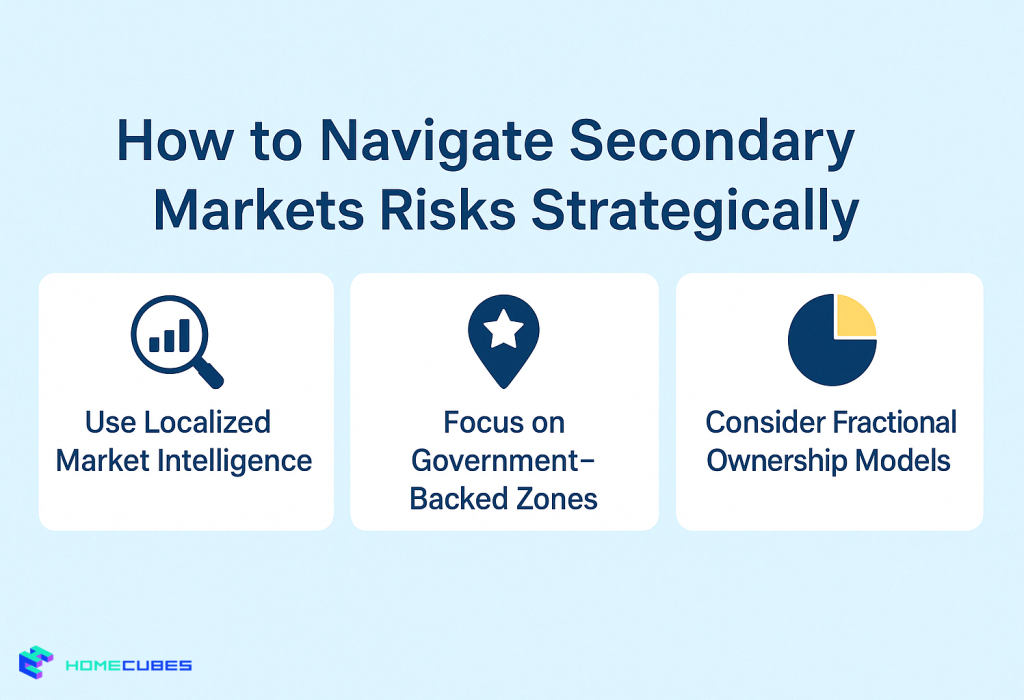
Use Localized Market Intelligence
Avoid relying solely on Dubai-centric sources. Use platforms and agencies that provide real-time data and insights into secondary city dynamics.
Focus on Government-Backed Zones
Prioritize developments aligned with public infrastructure—schools, hospitals, and highways—ensuring long-term livability and tenant demand.
Consider Fractional Ownership Models
Homecubes offers fractional ownership options, allowing investors to test these markets at lower capital exposure. This strategy reduces the Secondary Markets Risks while offering attractive returns.
Structuring a Balanced Investment Portfolio
A Suggested Allocation Strategy
To manage risk and capture opportunities, a balanced real estate portfolio could include:
- 50% Dubai prime real estate
- 30% secondary city high-yield assets
- 20% tokenized or fractional investments in high-growth projects
This approach ensures exposure to liquidity, yield, and innovation—without over-concentration in any single asset type.
Final Thoughts: Awareness Is Protection
Overlooking UAE’s secondary property markets is not just a passive mistake—it is an active risk. The Secondary Markets Risks investors face today stem from outdated perceptions, lack of information, and the habit of focusing only on high-profile zones.
True opportunity lies in being ahead of the curve. And right now, that means exploring beyond the glittering skyline of Dubai to uncover the real growth happening across the Emirates.
Ready to Expand Your Real Estate Vision?
At Homecubes, we help forward-thinking investors tap into the full spectrum of Dubai’s real estate market using fractional ownership and tokenization technology. Whether you’re seeking entry into prime or emerging areas, we offer secure, data-driven pathways tailored for portfolio growth.
👉 Contact Homecubes today to start building a diversified real estate portfolio that aligns with the future of the UAE market.

